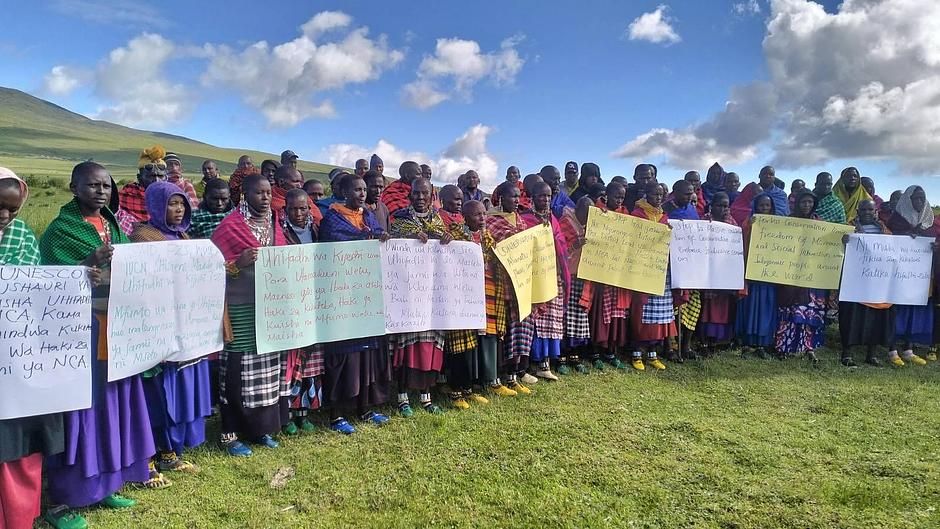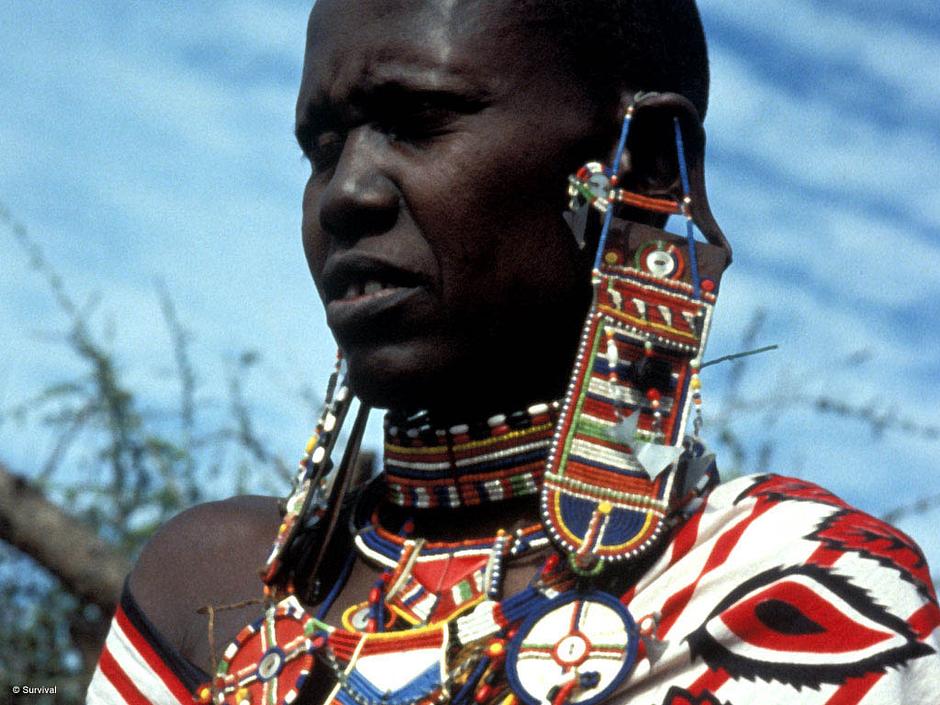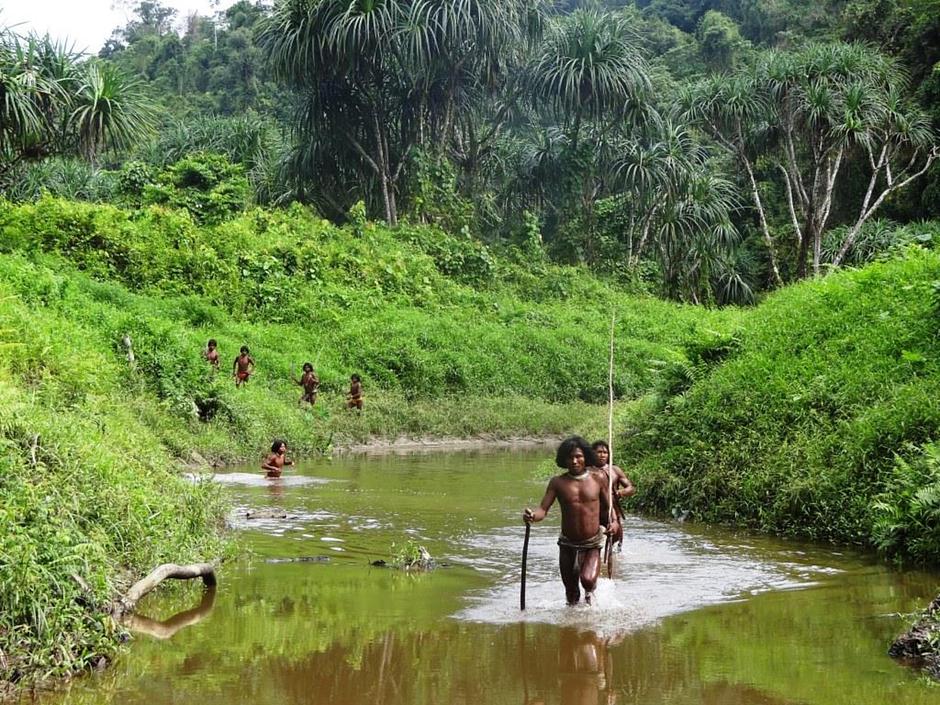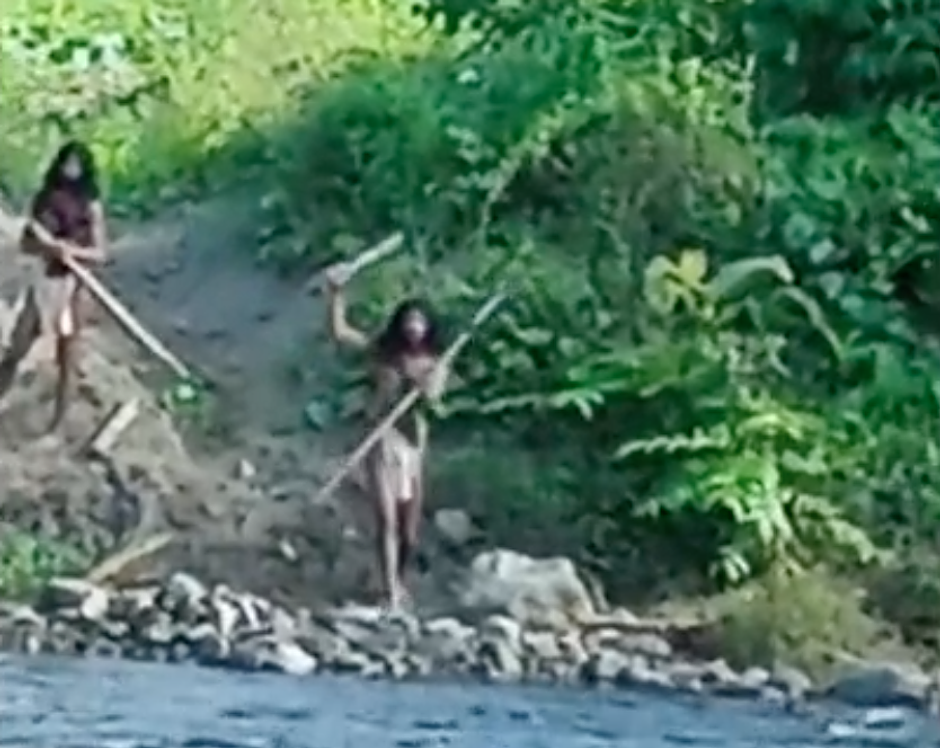NGO concerns over the proposed 30% target for protected areas and absence of safeguards for Indigenous Peoples and local communities
NGO concerns over the proposed 30% target for protected areas and absence of safeguards for Indigenous Peoples and local communitiesTo the Parties to the CBD and the CBD Secretariat:
September 17, 2020
We are concerned about the 30% target in the ‘zero-draft’ Global Biodiversity Framework (GBF) to:
“By 2030, protect and conserve through well connected and effective system of protected areas and other effective area-based conservation measures at least 30% of the planet with the focus on areas particularly important for biodiversity”.1
1 While bold commitments are certainly needed to tackle climate and biodiversity emergencies, we believe this target is counterproductive and could further entrench an outmoded and unsustainable model of conservation that could dispossess the people least responsible for these crises of their lands and livelihoods.
Our principal concerns are:
• The 30% target is being set without a prior assessment of the social impacts and conservation effectiveness of the previous drive for 17% terrestrial protected areas (adopted by the Parties to the CBD in 2010). Protected areas have led to displacement and eviction of Indigenous Peoples and other land-dependent communities, and brought serious human rights abuses by conservation organisations and enforcement agencies. Despite provisions in the current CBD framework and draft post-2020 GBF to include ‘Other Effective Area-Based Conservation Measures’ in global conservation targets, experience has shown that state-owned, strict protected areas have often remained the default choice in much of the Global South.
• Based on independent studies of the areas of ecological importance most likely to be put forward as protected areas2, we estimate that up to 300 million people could be negatively and seriously affected.
• The current draft GBF targets contain no effective safeguards to protect the lands, rights and livelihoods of Indigenous Peoples and other land-dependent communities in conservation programmes. This violates UN norms and international law.
• The proposal fails to reflect the findings of the IPBES 2019 Global Assessment that existing protected areas are “not yet effectively or equitably managed” or the emphasis it placed on the need to protect Indigenous lands.3
We believe that prior to the adoption of any new protected area targets:
1. The GBF must recognize and protect collective and customary land tenure systems and adopt strong enforceable safeguards for Indigenous Peoples and other landdependent communities that will apply to all new and existing protected areas. These must adhere to international human rights agreements and guarantee the rights to lands, resources, self-determination and free prior and informed consent. A plan should be adopted for how they will be applied to existing protected areas, and a robust review mechanism established, before any increase in protected areas is considered.
2. There should be an independent review of the effectiveness and social impacts of existing protected areas in order to guide new targets and norms in the post-2020 GBF.
3. A thorough study should be conducted and published on the potential for wider legal designation and protection of Indigenous Peoples and other sustainable communitymanaged lands to provide the greater conservation of biodiversity that is sought under the post-2020 GBF. Subject to this, the GBF should reflect the principle that the protection and recognition of Indigenous Peoples’ and other sustainable communitymanaged lands will be the principal mechanism for achieving greater biodiversity conservation in area-based efforts.
4. Scientific justification must be given for the 30% target. This must include an assessment of climate mitigation potential as well as outlines of where such areas are planned, what protection regimes will be applied and what are the expected impacts on people in those areas.
Thank you for considering these proposals.
1. The quoted language is drawn from the Draft monitoring framework for the post-2020 global biodiversity framework circulated in advance of the 24th meeting of the Subsidiary Body on Scientific, Technical and Technological Advice: https://www.cbd.int/sbstta/sbstta-24/post2020-monitoring-en.pdf.
2. Schleicher, J., Zaehringer, J.G., Fastré, C. et al. Protecting half of the planet could directly affect over one billion people. Nat Sustain 2, 1094–1096 (2019). https://doi.org/10.1038/s41893-019-0423-y; RFUK (2020) The Post-2020 Global Biodiversity Framework – How the CBD drive to protect 30 percent of the Earth by 2030 could dispossess millions: https://www.mappingforrights.org/MFRresources/mapstory/cbddrive/300_million_at_risk_from_cbd_drive.
3. IPBES (2019) The global assessment report on Biodiversity and Ecosystem Services https://bit.ly/3fHBRcZ.





